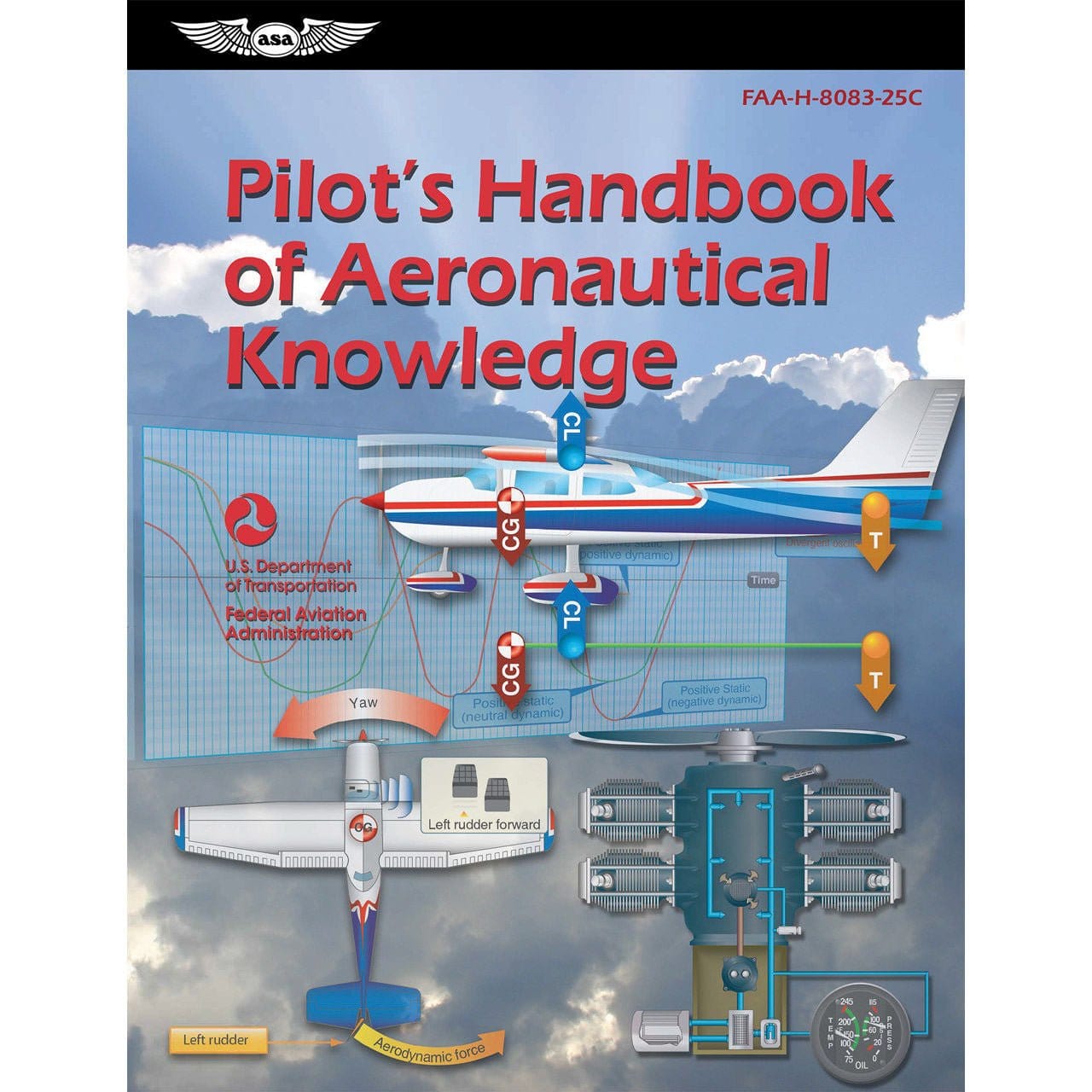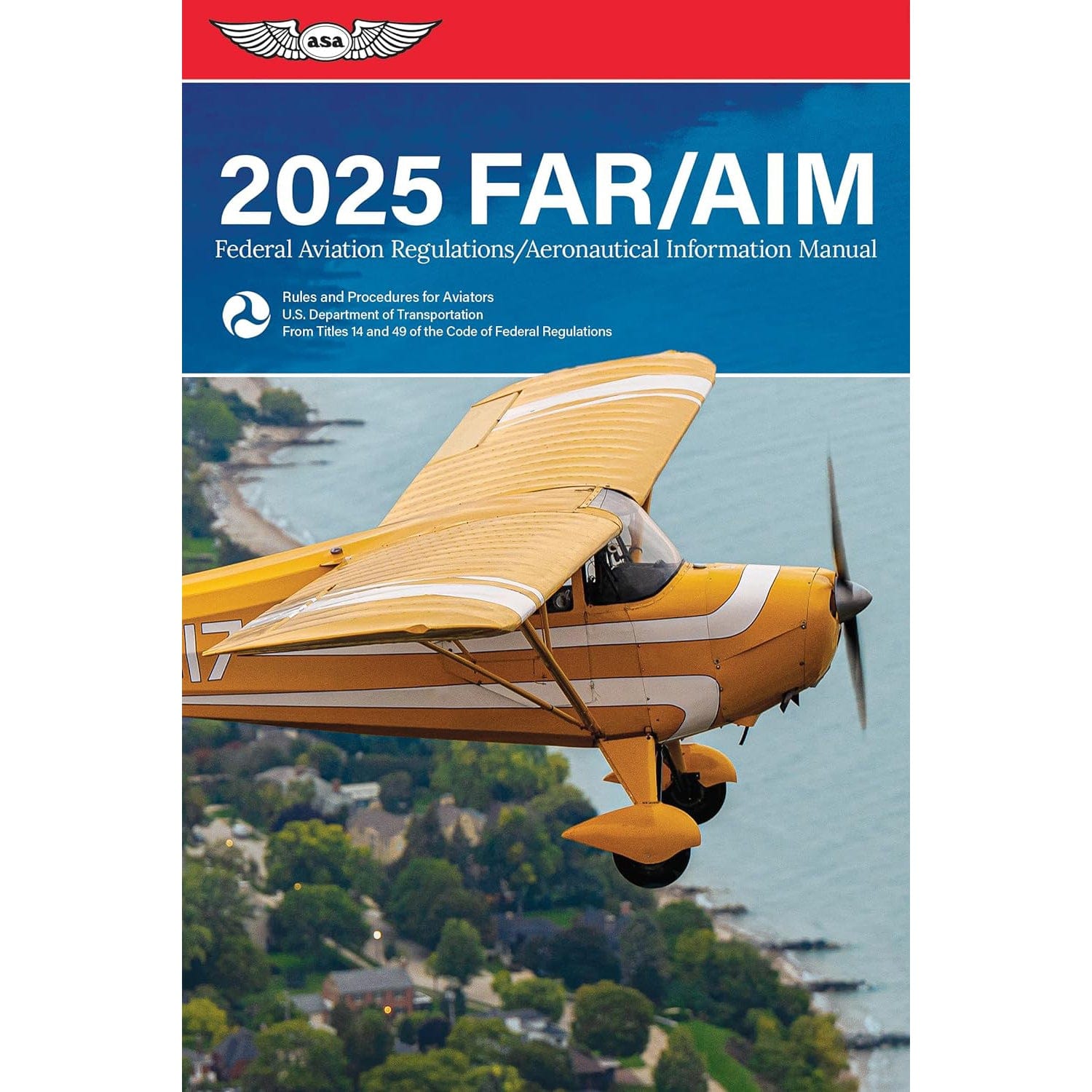Parte de ser piloto es estar al tanto de las condiciones meteorológicas antes y durante el vuelo. Una cosa importante a tener en cuenta son los frentes meteorológicos cambiantes. Los frentes fríos, cálidos, estacionarios y ocluidos crean patrones meteorológicos variables.
Te ayudaremos a comprender qué son estos patrones y te brindaremos todo el conocimiento que necesitas para tu próximo vuelo.
RESUMEN
-
Los frentes meteorológicos son lugares donde se encuentran diferentes masas de aire, creando diversas condiciones climáticas.
-
Los frentes fríos tienden a traer turbulencias, viento y tormentas eléctricas a medida que el aire frío empuja al aire cálido.
-
Los frentes cálidos aún pueden causar problemas de visibilidad, formación de hielo y capas de nubes.
-
Los frentes estacionarios y ocluidos suelen provocar mal tiempo prolongado.

Los cuatro tipos de frentes meteorológicos
Cada frente puede comportarse de manera diferente, esto se debe a que cada tipo tiene masas de aire únicas. Como piloto, es importante que sepa cómo los frentes fríos, cálidos, estacionarios y ocluidos afectan sus planes de vuelo.
Frentes fríos
Los frentes fríos se producen cuando el aire frío entra y obliga al aire cálido a ascender rápidamente.
A menudo verás nubes cumulonimbus grandes e imponentes que indican posibles tormentas eléctricas, ráfagas de viento y turbulencias.
Lo que es importante recordar sobre los frentes fríos es que pueden moverse rápidamente. Su llegada transforma los cielos tranquilos en algo mucho más peligroso.
Es probable que experimentes una caída de temperatura a medida que avanza el frente frío, junto con ráfagas de viento y turbulencias.
Asegúrese de prestar atención a las líneas de turbonadas que puedan desarrollarse, ya que éstas indican el clima más intenso a lo largo del frente.
Frentes cálidos
Ahora bien, un frente cálido es mucho más lento y constante que su contraparte fría, pero eso no significa que todo sea viento en popa.
El aire cálido se mueve suavemente sobre el aire más frío y crea gruesas capas de nubes, niebla e incluso ligeras precipitaciones.
Los frentes cálidos suelen extenderse por una zona amplia. Básicamente, podrías estar volando en condiciones de baja visibilidad durante bastante tiempo.
Deberás estar atento a la formación de hielo, especialmente si hay aire frío atrapado en altitudes más bajas. No es inusual encontrarse con lluvia helada cuando se vuela cerca de un frente cálido, así que estate atento.
Frentes estacionarios
A veces, dos masas de aire se encuentran pero no tienen suficiente fuerza para desplazarse entre sí.
Este estancamiento crea un frente estacionario, en el que el clima se mantiene sobre la misma región durante días. Esto es una mala noticia si viajas en avión, ya que probablemente te enfrentarás a períodos prolongados de lluvia, niebla y poca visibilidad.
Si bien los frentes estacionarios no producen cambios dramáticos en el clima como lo hacen los frentes fríos o cálidos, la cobertura de nubes y las precipitaciones constantes pueden hacer que las cosas sean mucho más complicadas para su vuelo planificado.
Es posible que termines volando en condiciones IFR durante más tiempo del esperado, así que tenlo en cuenta durante la planificación previa al vuelo.
Frentes ocluidos
Los frentes ocluidos son un poco más complicados, ya que ocurren cuando un frente frío supera a un frente cálido.
El clima que se encuentra con frentes ocluidos suele ser una mezcla de condiciones de frentes fríos y cálidos. Se pueden esperar capas de nubes espesas, lluvia helada y posiblemente tormentas eléctricas. Pero todo eso depende de cuánta humedad contengan las masas de aire.
Volar cerca de un frente ocluido suele implicar enfrentarse a condiciones impredecibles. Los frentes ocluidos pueden no moverse tan rápido como los frentes fríos, pero aun así es algo que hay que tener en cuenta. Es posible que se produzcan formaciones de hielo o turbulencias cuando las masas de aire colisionen y se eleven.

Impacto de los frentes fríos en los vuelos
Cuando vuelas puede que quieras vivir una aventura, pero con los frentes fríos no siempre es el tipo de aventura que deseas.
Los frentes fríos son conocidos por traer turbulencias, vientos fuertes, formación de hielo, menor visibilidad y, a veces, condiciones climáticas severas como tormentas eléctricas o granizo.
Cuando ese aire frío se abre paso bajo una masa de aire más caliente, hace que el aire que se encuentra delante del frente se eleve rápidamente y forme enormes nubes cumulonimbus. Estas son señales de que se avecinan turbulencias y vientos impredecibles.
Es probable que experimentes cambios de viento al cruzar un frente frío, y la turbulencia es algo normal, especialmente en altitudes más bajas.
Los frentes fríos también traen ráfagas de viento en la superficie que pueden hacer que el aterrizaje o el despegue sean más difíciles de lo habitual.
Y no olvide la posibilidad de tormentas eléctricas severas, que tienden a alinearse a lo largo del frente frío. Si se forman líneas de turbonadas, evítelas a toda costa.

Frentes cálidos y planificación de vuelos
Los frentes cálidos son más predecibles que los frentes fríos, pero eso no significa que sean completamente inofensivos.
A medida que una masa de aire cálido se desplaza sobre aire más frío, las nubes se forman en capas, creando a menudo condiciones generalizadas de baja visibilidad.
Los frentes cálidos suelen traer lluvias ligeras o lloviznas y pueden extenderse por grandes distancias. Tenlo en cuenta porque podrías estar en condiciones IFR por un tiempo (un momento excelente para estar atento si necesitas usar tu avión alternativo).
Esté atento a la formación de hielo, especialmente cuando vuele en climas más fríos. Los frentes cálidos pueden atrapar aire más frío a altitudes más bajas, lo que puede provocar lluvia helada y acumulación de hielo en las alas.
Si bien la turbulencia generalmente es una preocupación menor con los frentes cálidos, los problemas de visibilidad y formación de hielo son suficientes para mantenerte alerta.

Frentes estacionarios y sus efectos en el vuelo
Los frentes estacionarios pueden ser frustrantes porque no se mueven mucho. A menudo, el tiempo es el mismo durante días seguidos, ya sea con nubes bajas, lluvia o llovizna.
Volar a través de un frente estacionario significa que probablemente tendrás que lidiar con condiciones IFR extendidas (al igual que con los frentes cálidos), y las capas de nubes podrían no darte muchas oportunidades de ascender por encima de ellas.
Por el lado positivo, los frentes estacionarios no suelen traer consigo tormentas eléctricas severas ni turbulencias intensas como los frentes fríos. Pero la lluvia constante, los techos bajos y la niebla pueden hacer que los vuelos sean largos y tediosos. Si estás planeando una ruta cerca de un frente estacionario, prepárate para volar en estas condiciones durante gran parte de tu viaje.

Frentes ocluidos y peligros de vuelo
Los frentes ocluidos combinan las peores características de los frentes fríos y cálidos.
Por lo tanto, un frente ocluido se produce cuando un frente frío alcanza a un frente cálido. Esto hace que el aire cálido se eleve del suelo, lo que genera una mezcla de nubes, lluvia y, a veces, tormentas eléctricas.
Podrías terminar volando a través de múltiples capas de nubes y cada una de ellas te traerá un conjunto diferente de desafíos que enfrentar.
Un frente como este puede ser definitivamente peligroso porque el clima tiende a ser más impredecible. La formación de hielo también es un gran problema, ya que la lluvia helada puede ser común en frentes ocluidos. También es posible que deba lidiar con turbulencias, ya que diferentes masas de aire chocan. Esté atento a los informes meteorológicos cuando vuele cerca de una oclusión y esté preparado para que las condiciones cambien rápidamente.

Preguntas frecuentes
-
¿Cuáles son los 4 tipos de frentes meteorológicos?
Frentes fríos, cálidos, estacionarios y ocluidos, cada uno de los cuales presenta desafíos únicos para los pilotos. -
¿Qué es un frente meteorológico en la aviación?
Un frente meteorológico marca el límite entre dos masas de aire, lo que puede provocar una variedad de condiciones climáticas, afectando la seguridad y la planificación del vuelo. -
¿Qué ocurre cuando se vuela a través de un frente frío?
Volar a través de un frente frío puede provocar graves turbulencias, tormentas eléctricas y líneas de turbonadas, lo que requiere mayor atención y preparación. -
¿Los frentes fríos traen turbulencias?
Sí, los frentes fríos suelen generar turbulencias significativas debido a la colisión de masas de aire frío y cálido.
Llevar
Saber cómo manejar los frentes meteorológicos le ayudará a tomar decisiones más inteligentes en la cabina. Cuando sabe qué tipo de frente le espera, estará preparado.
Aunque al principio pueda parecer tedioso aprender mucho sobre los informes meteorológicos, los pilotos descubren rápidamente que consultar los informes con la mayor frecuencia posible puede salvar vidas.
Vuela inteligentemente y vuela seguro.
¿Interesado en el clima de aviación?
¡Nuestras guías están diseñadas para ayudar!
-
Botas antihielo neumáticas (características y ventajas principales)
-
Techos de nubes: lo que los pilotos deben saber (guía completa)
¿Le resultó útil este artículo?
¿Crees que nos hemos olvidado de alguna pregunta importante de la entrevista? ¡Cuéntanoslo en los comentarios a continuación!







